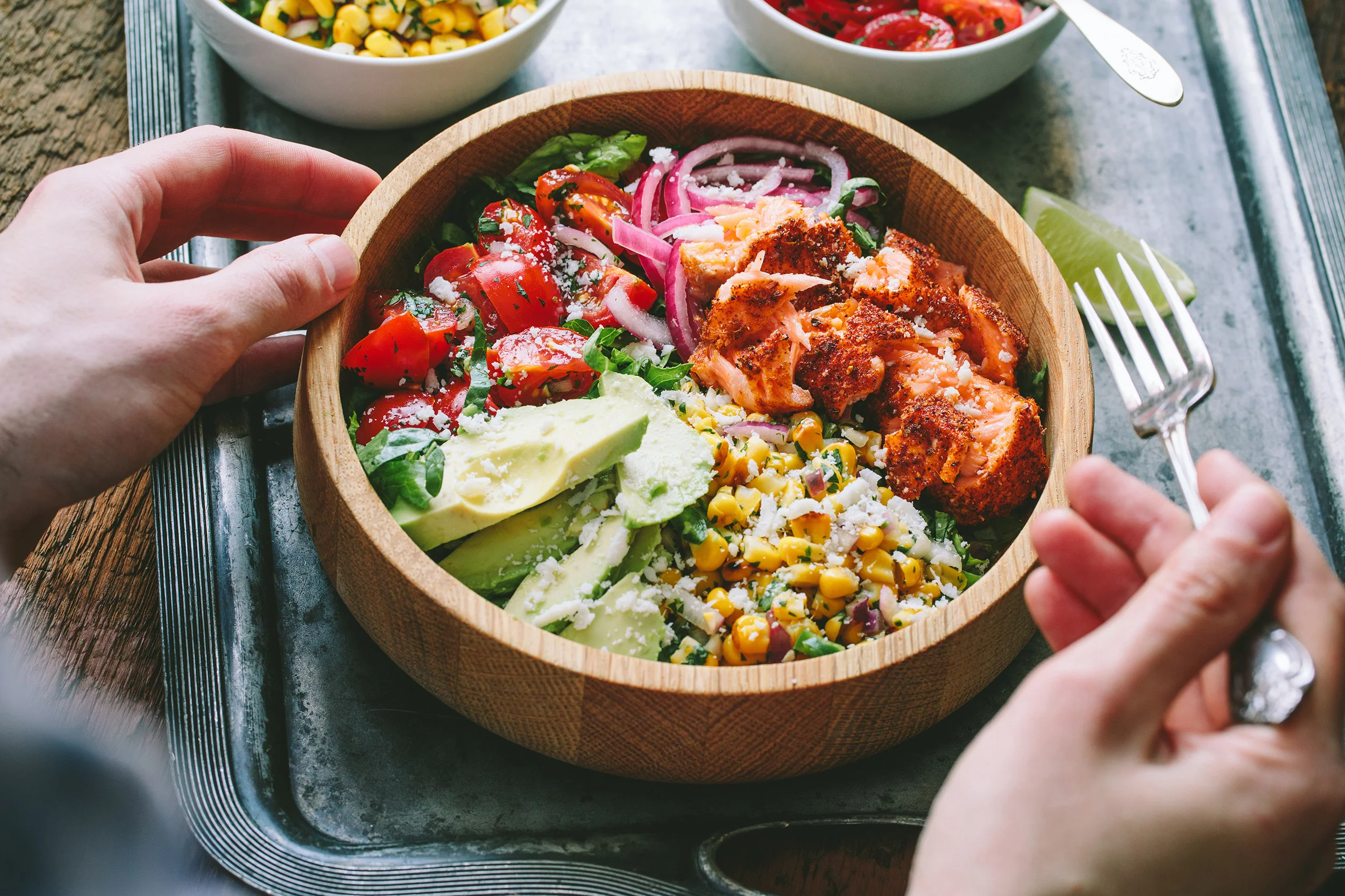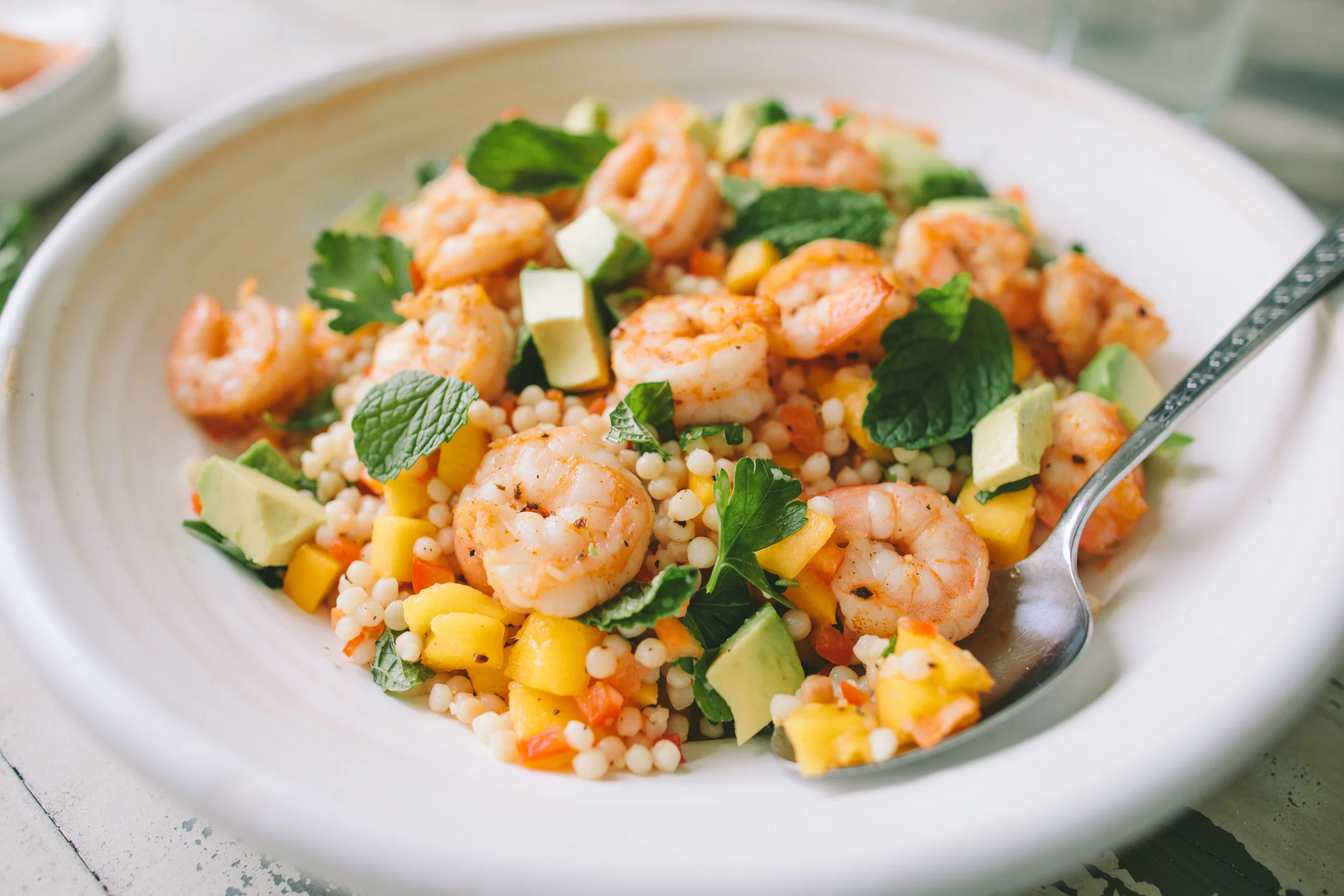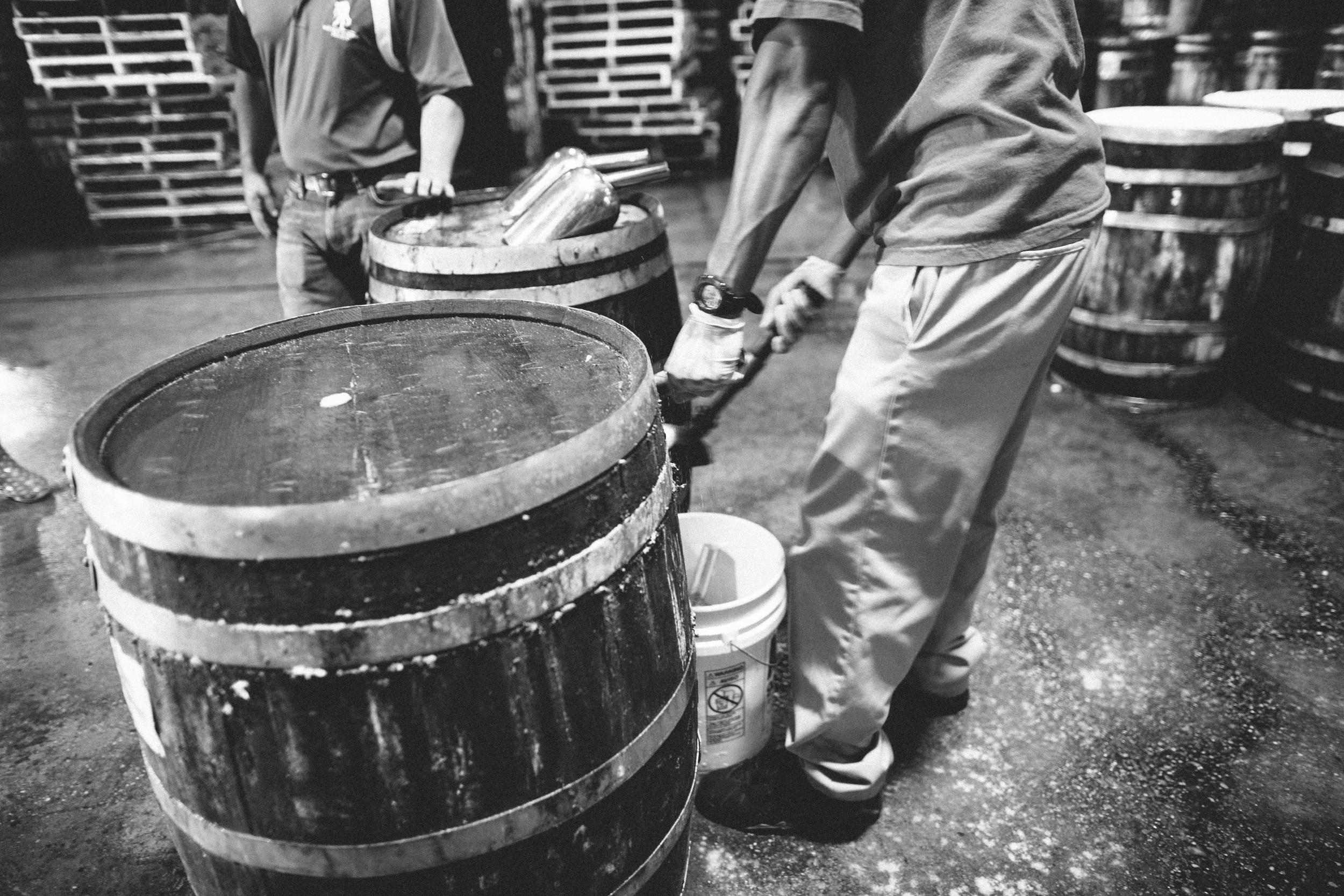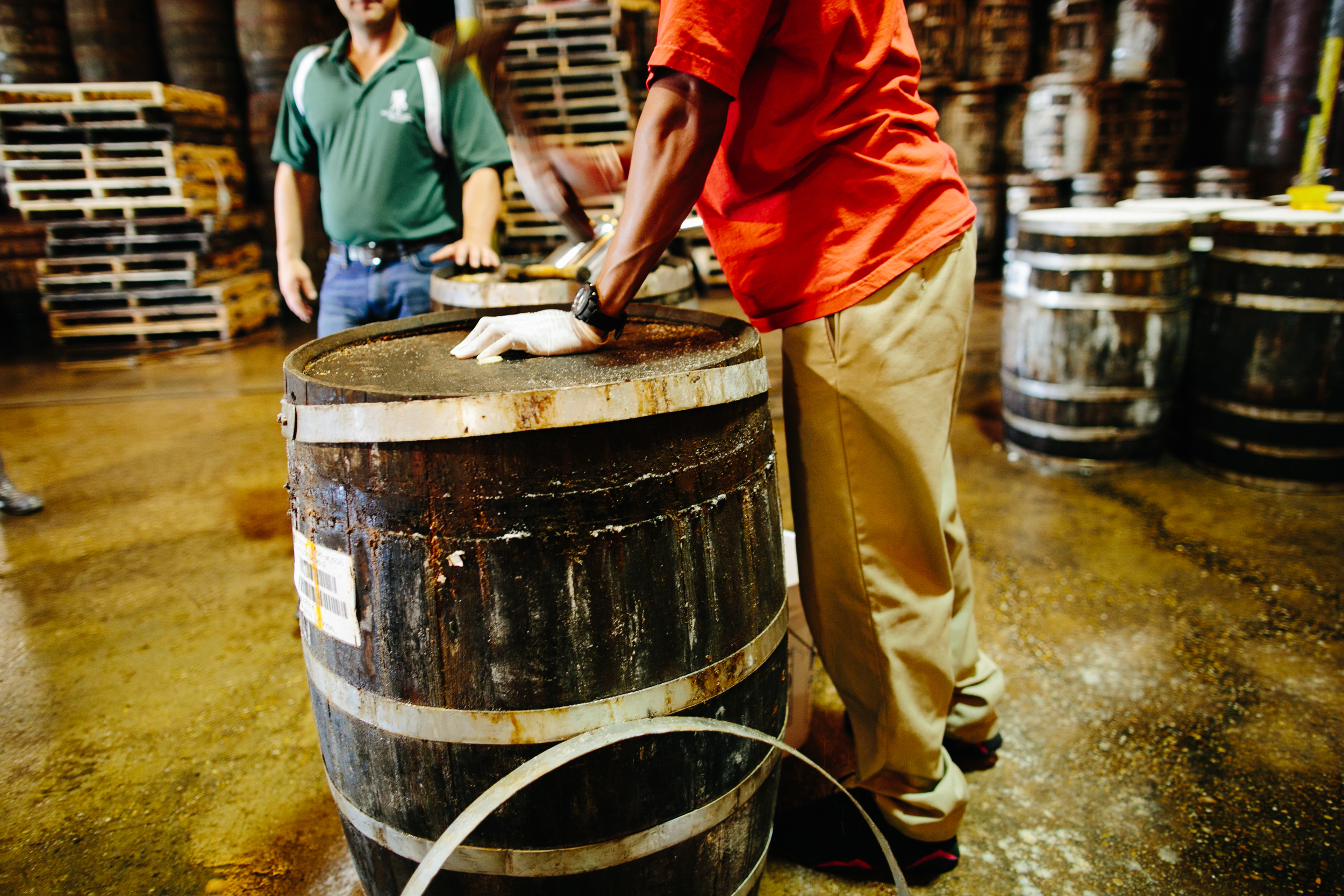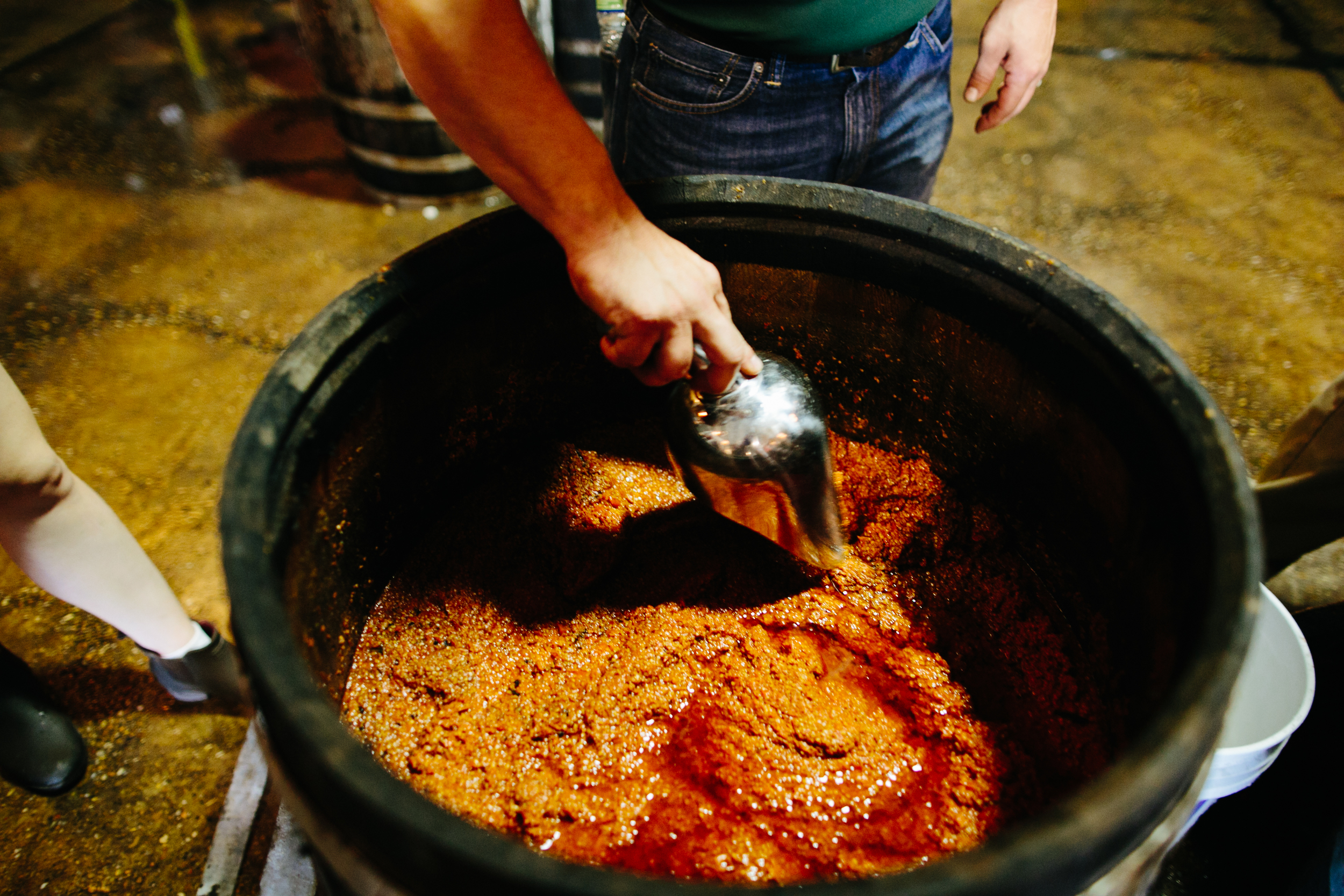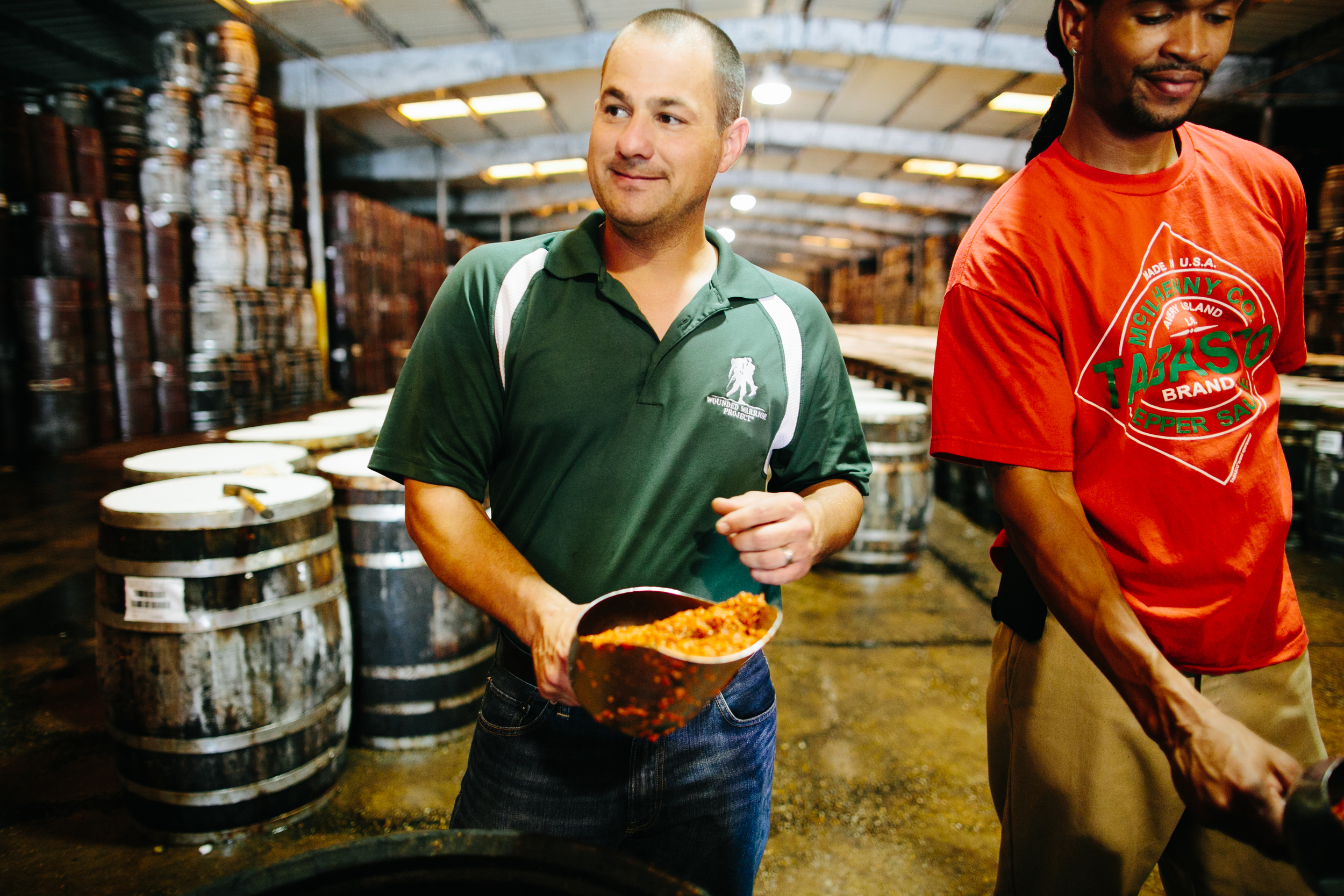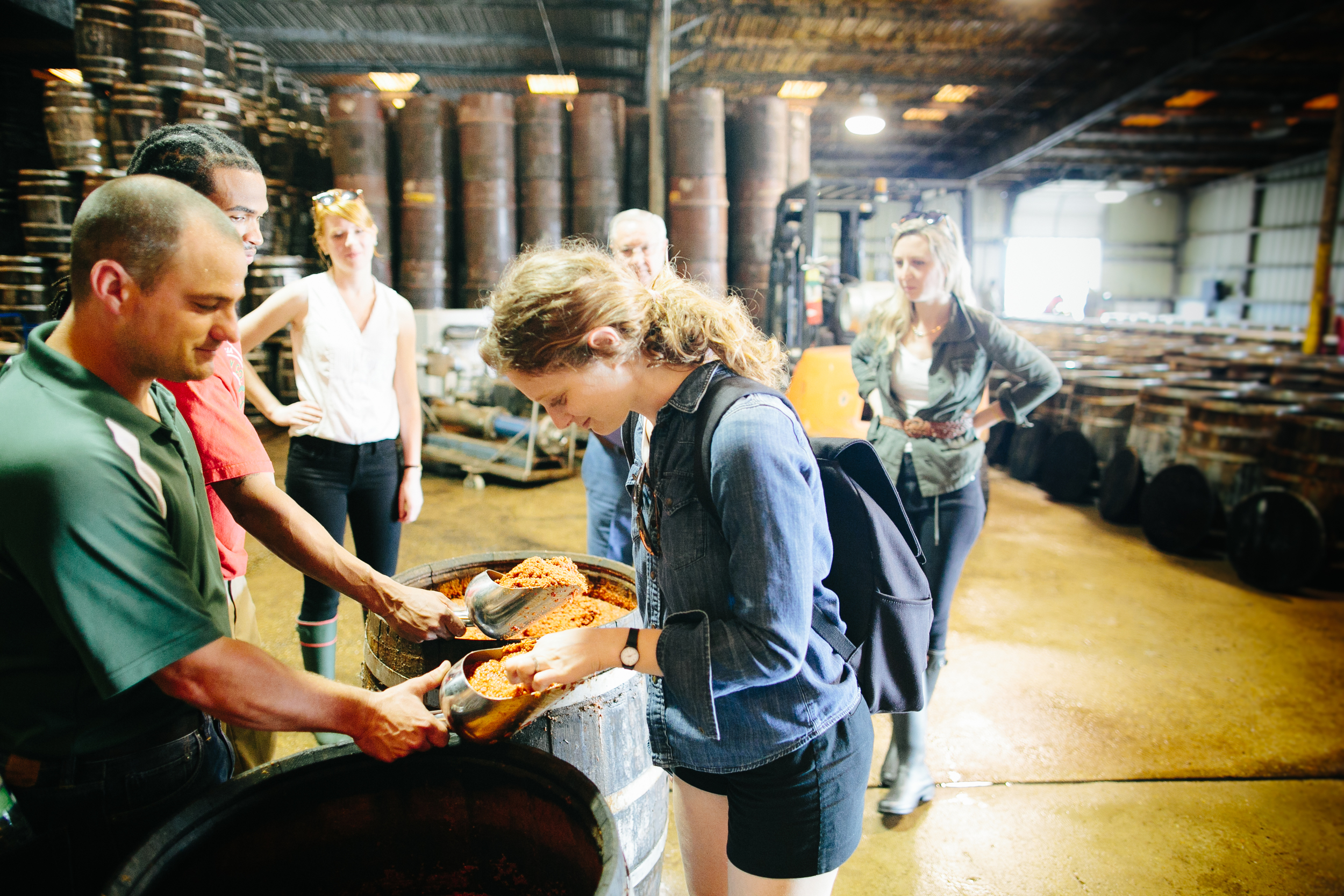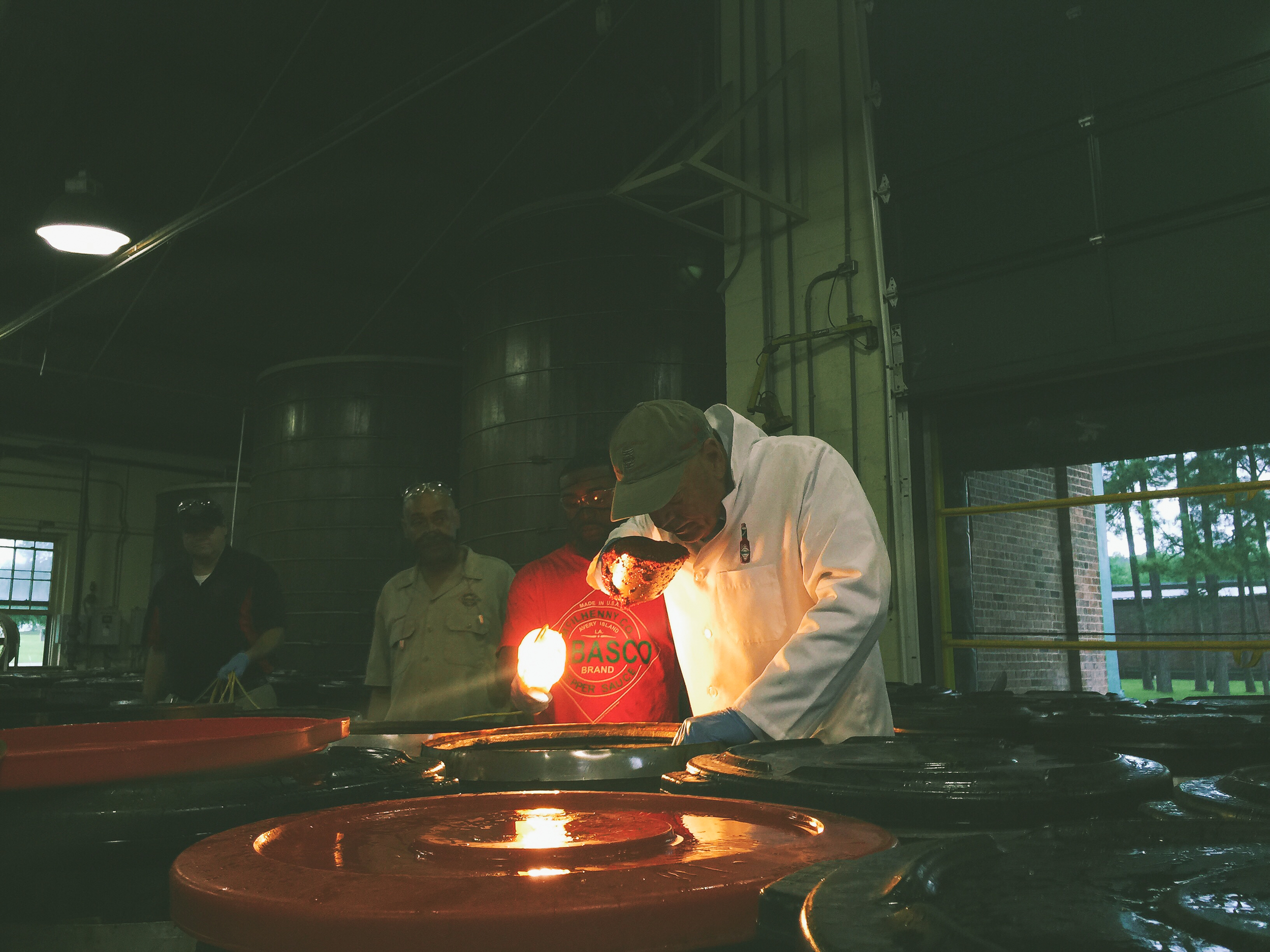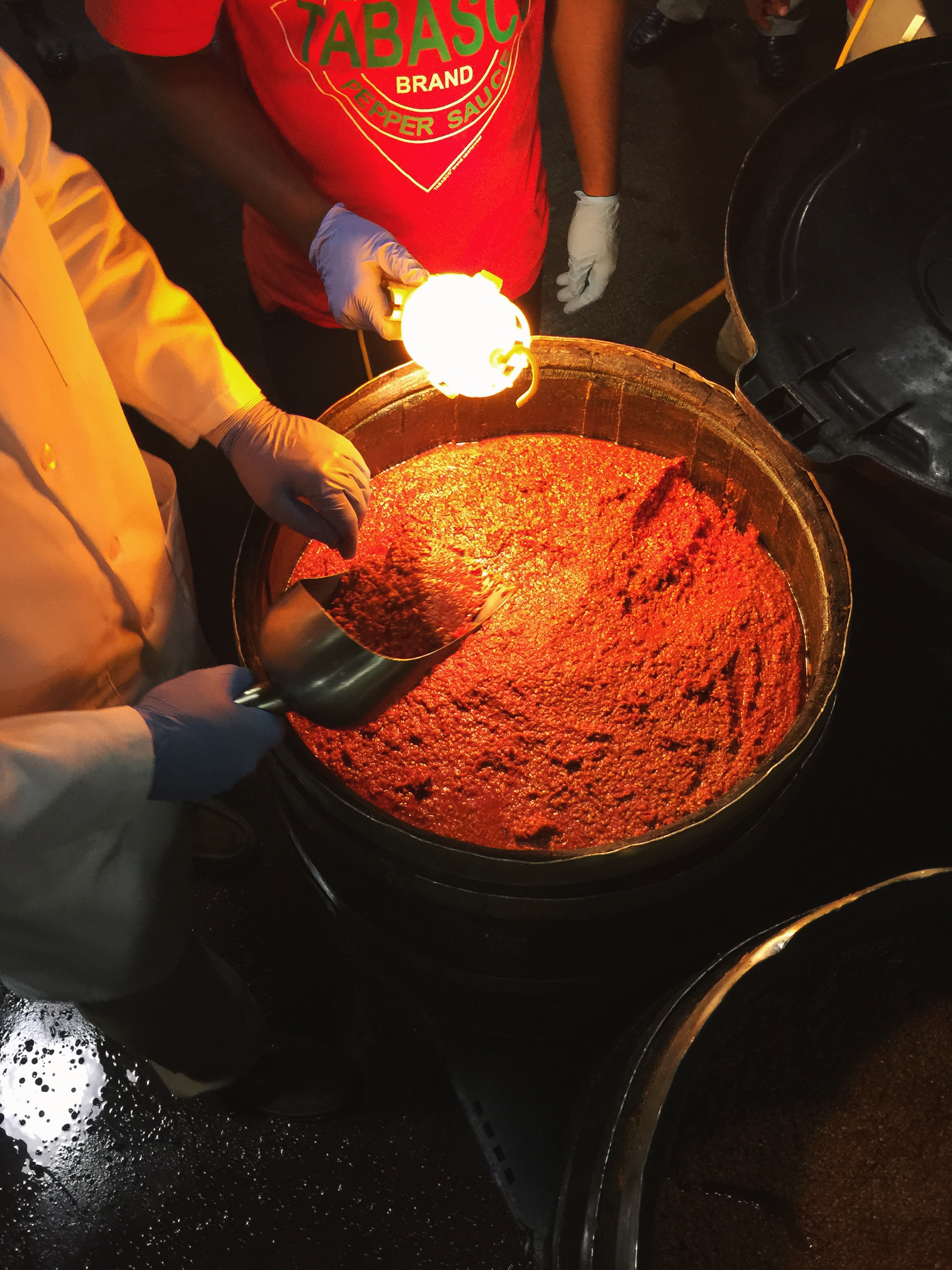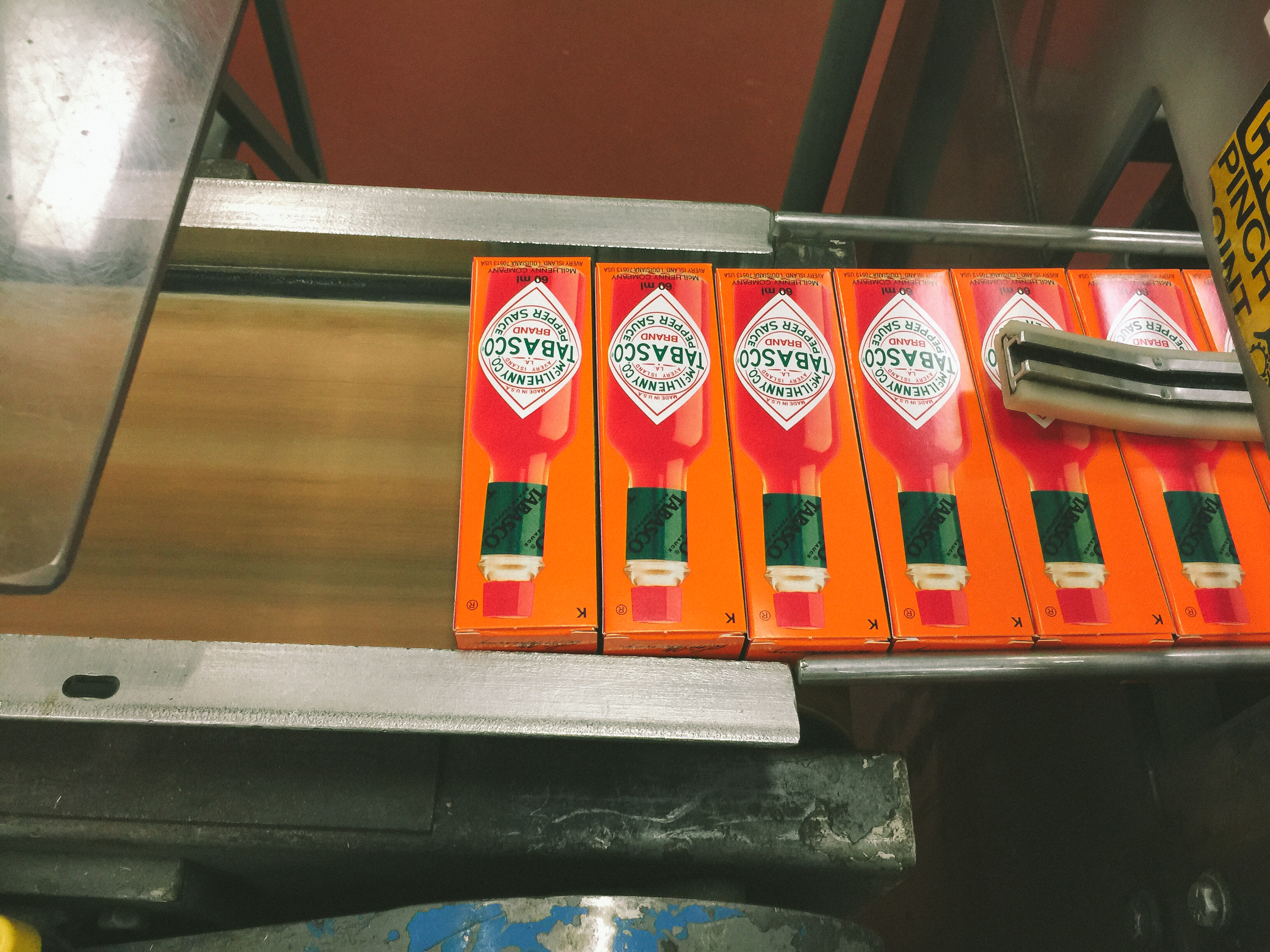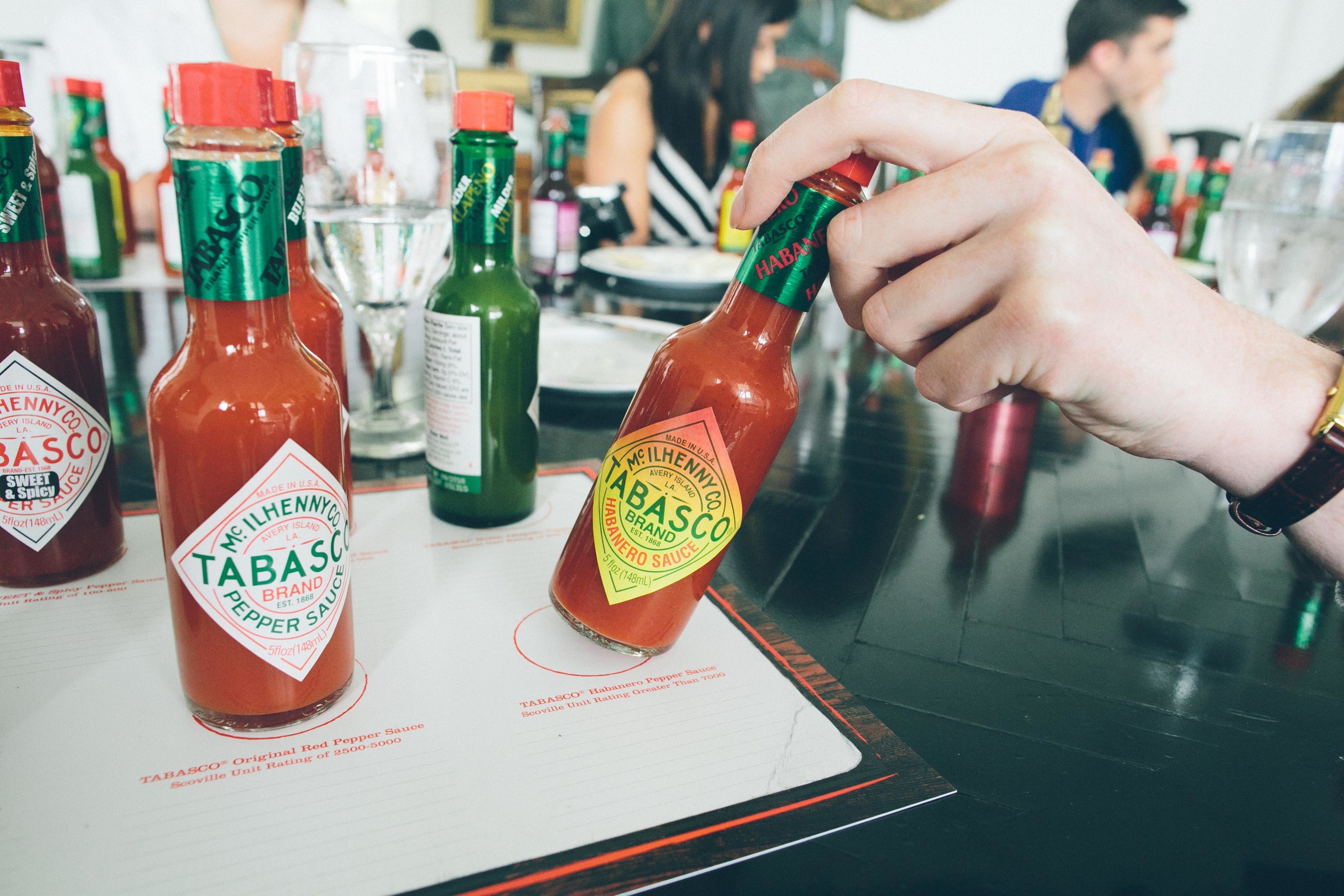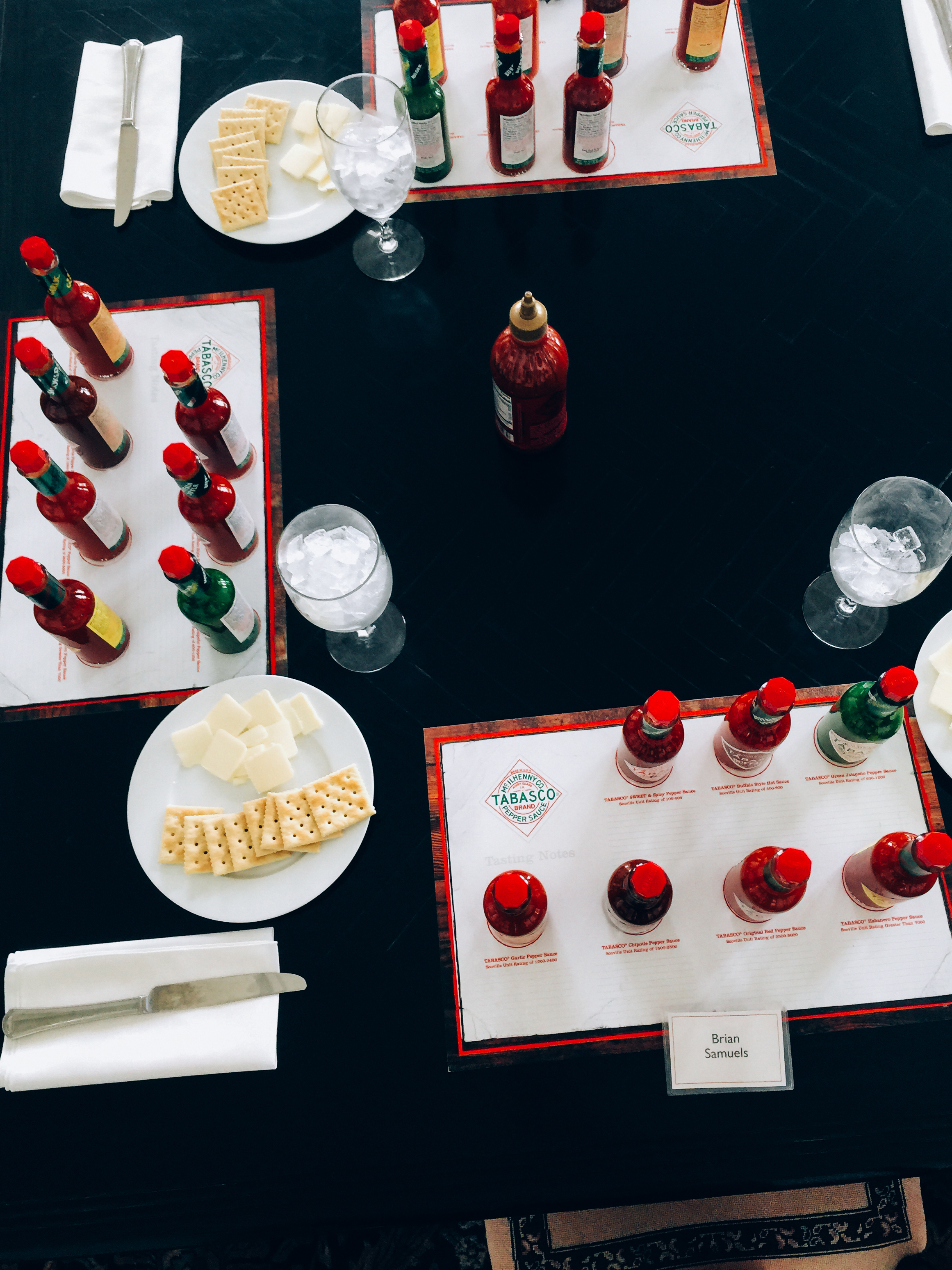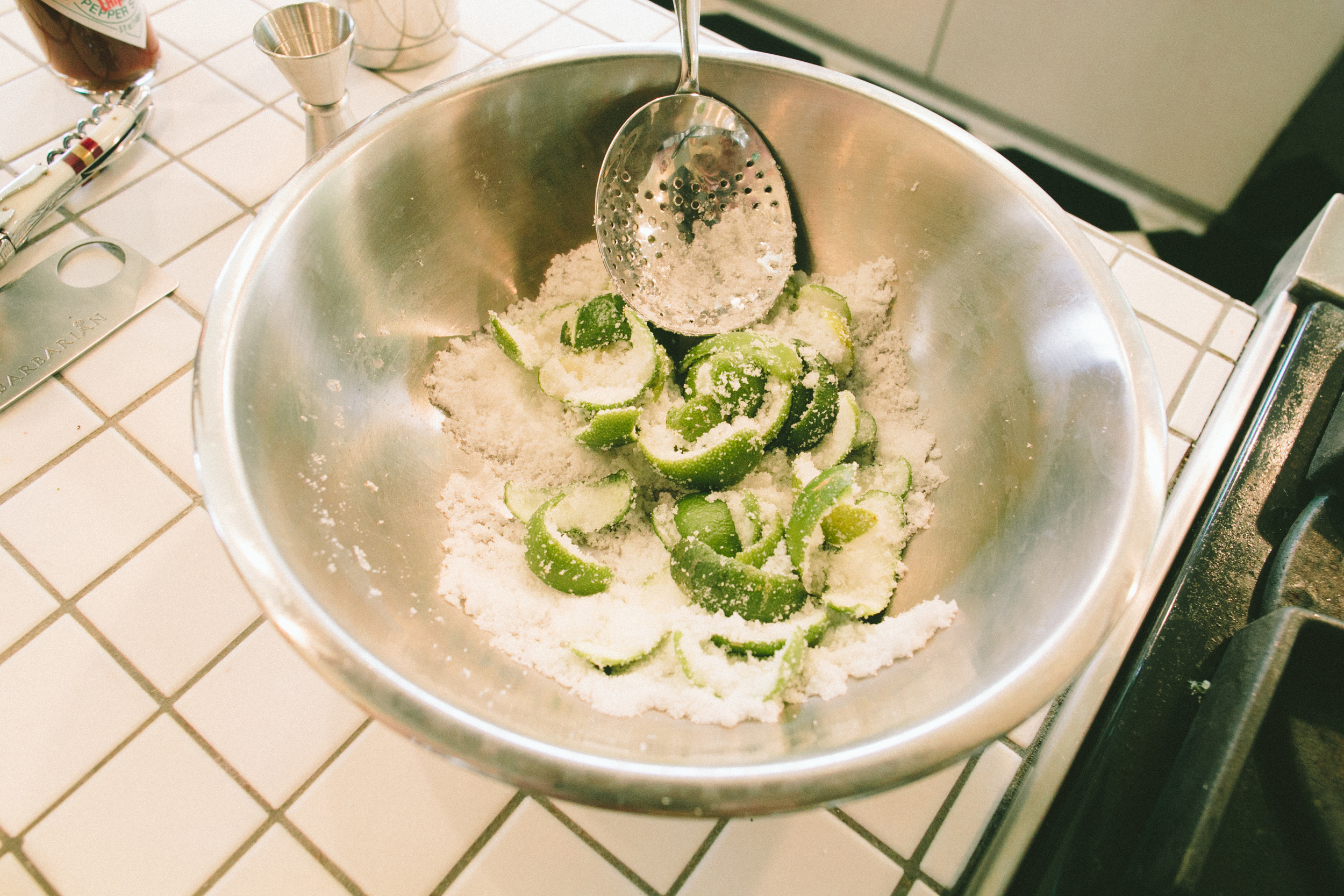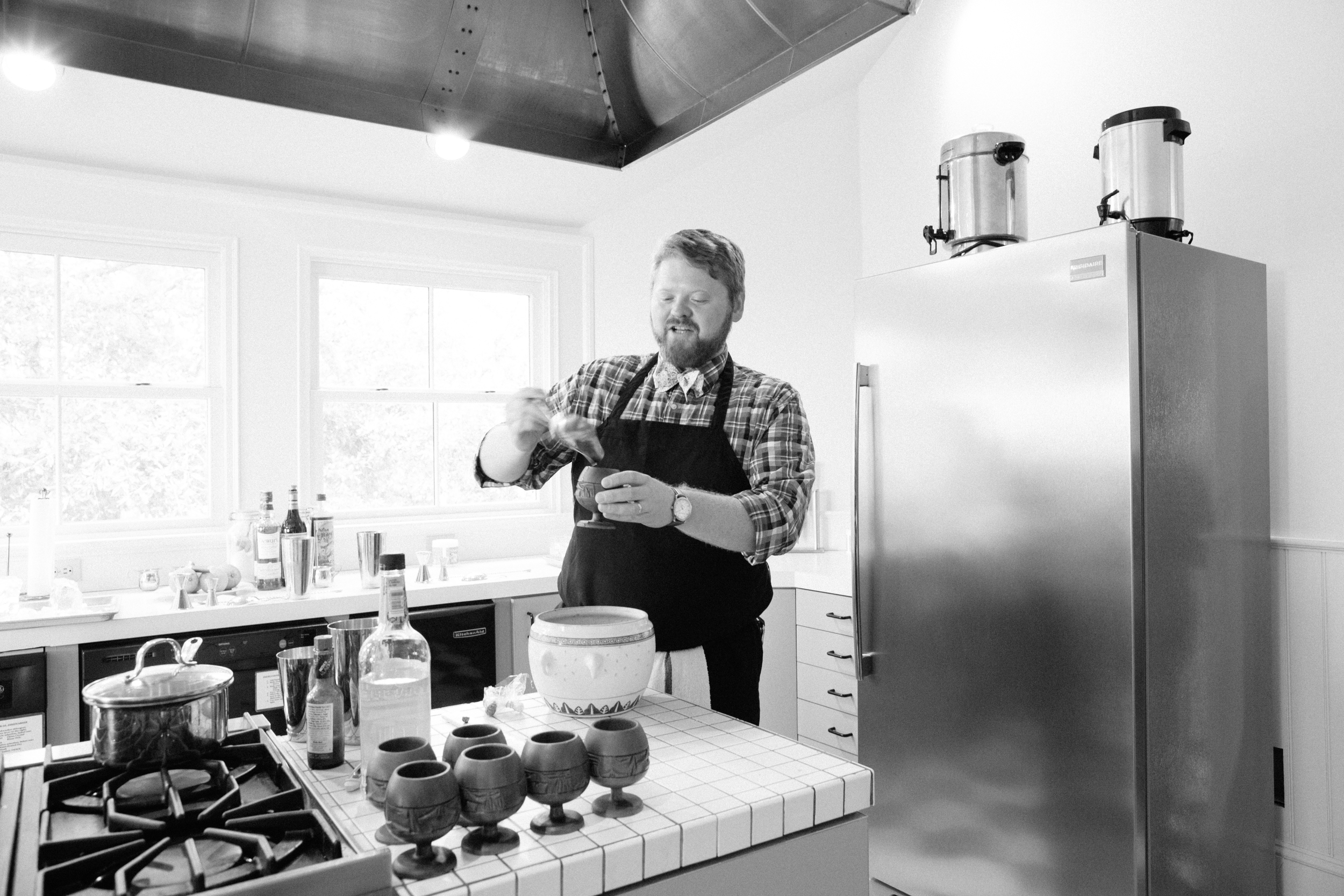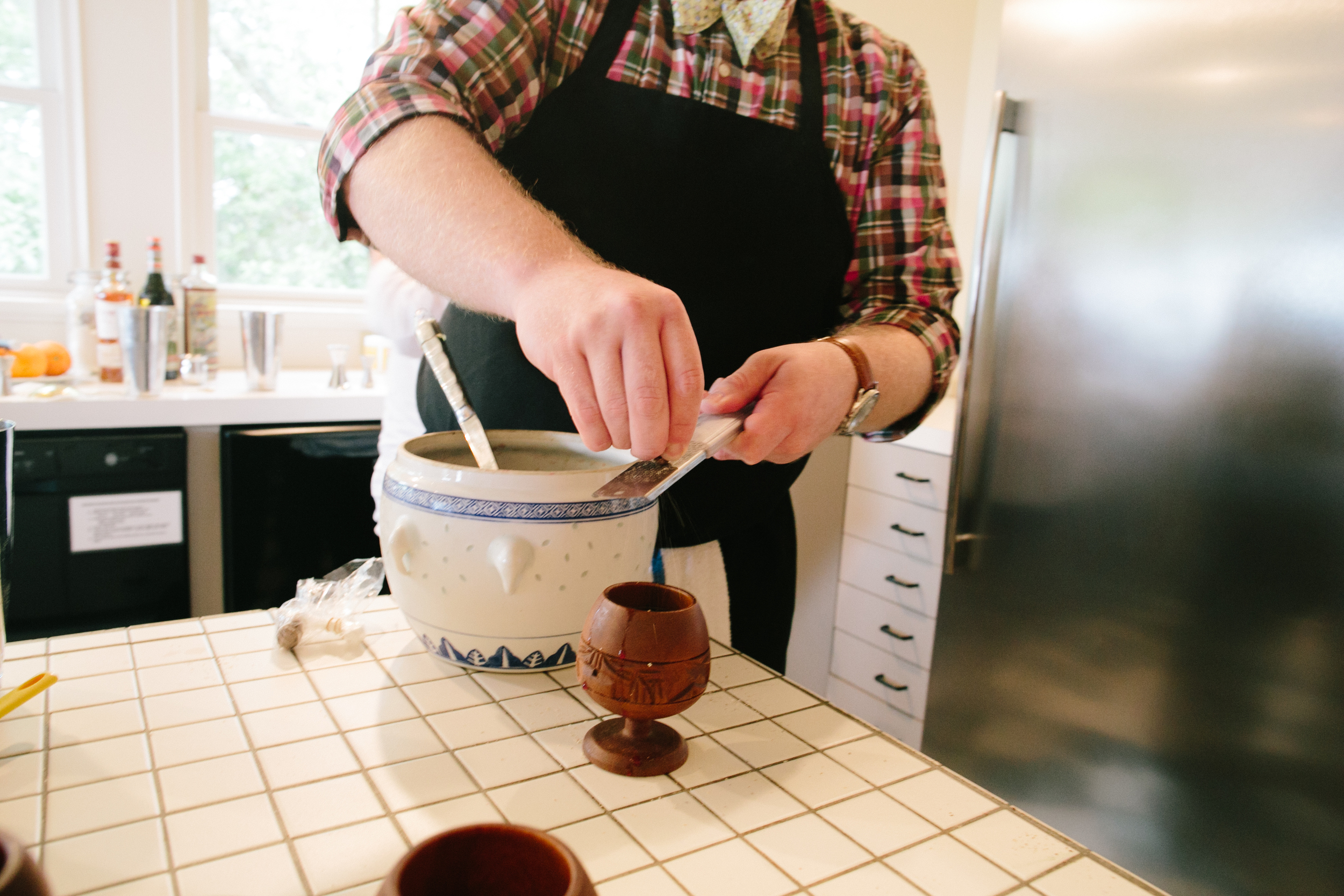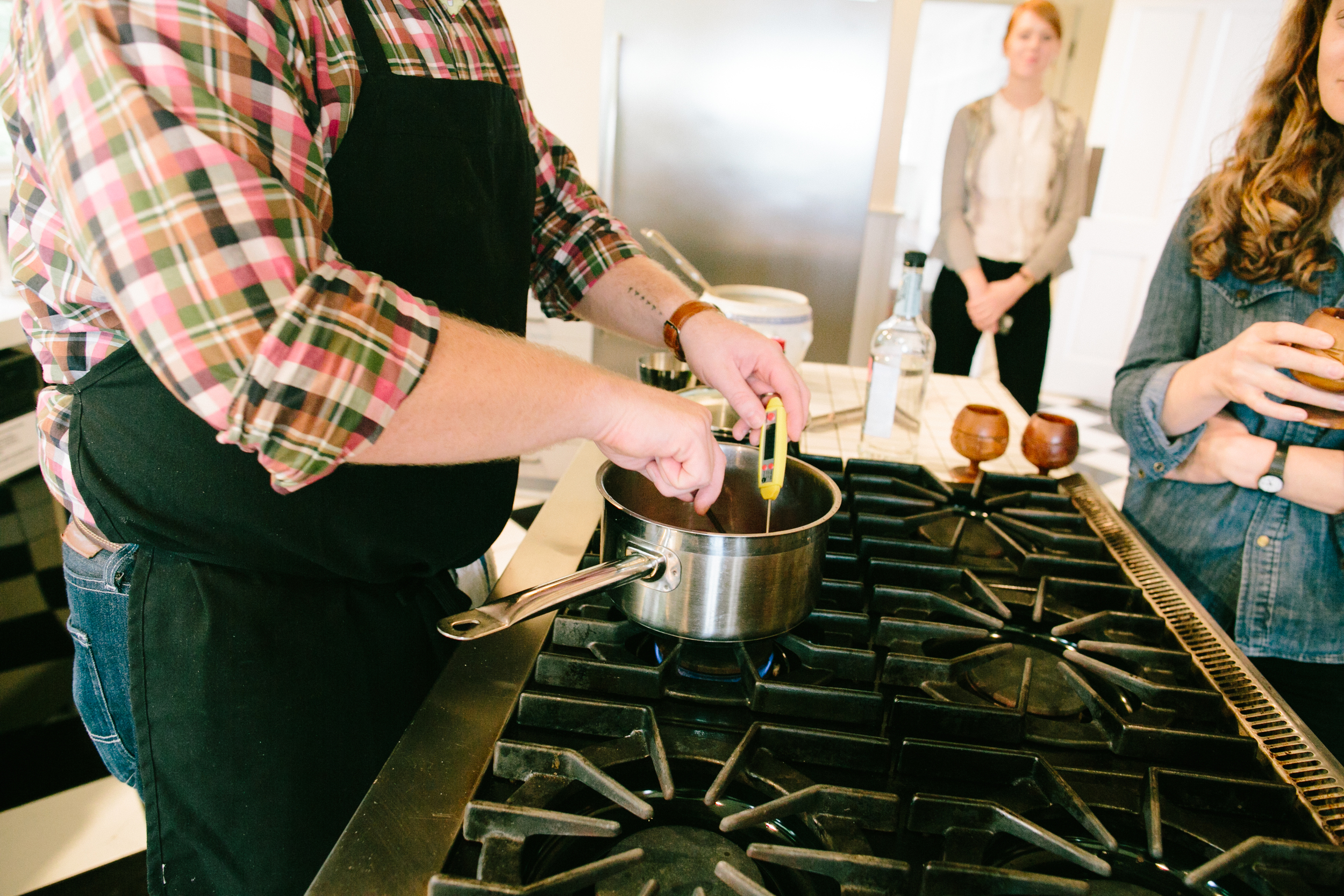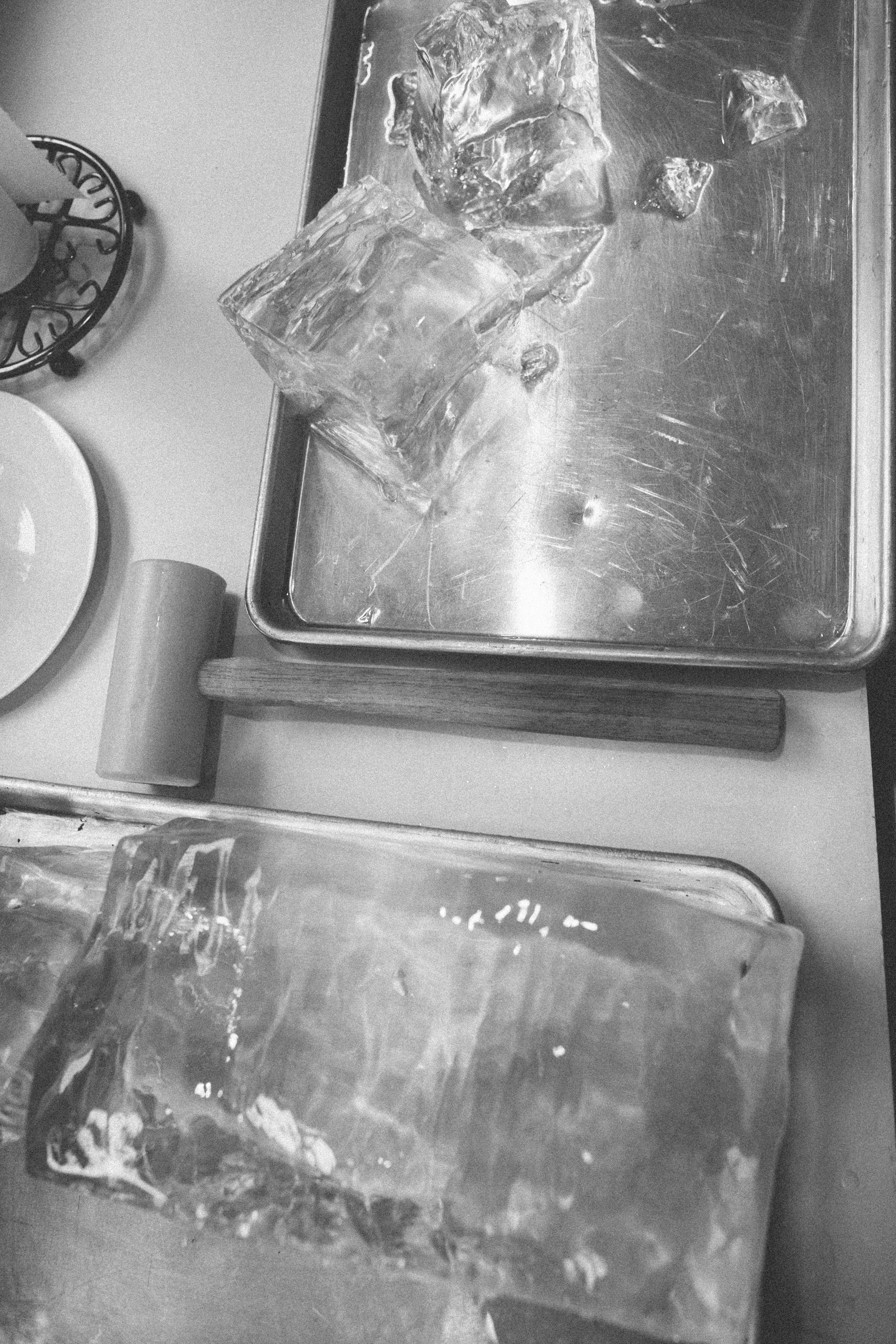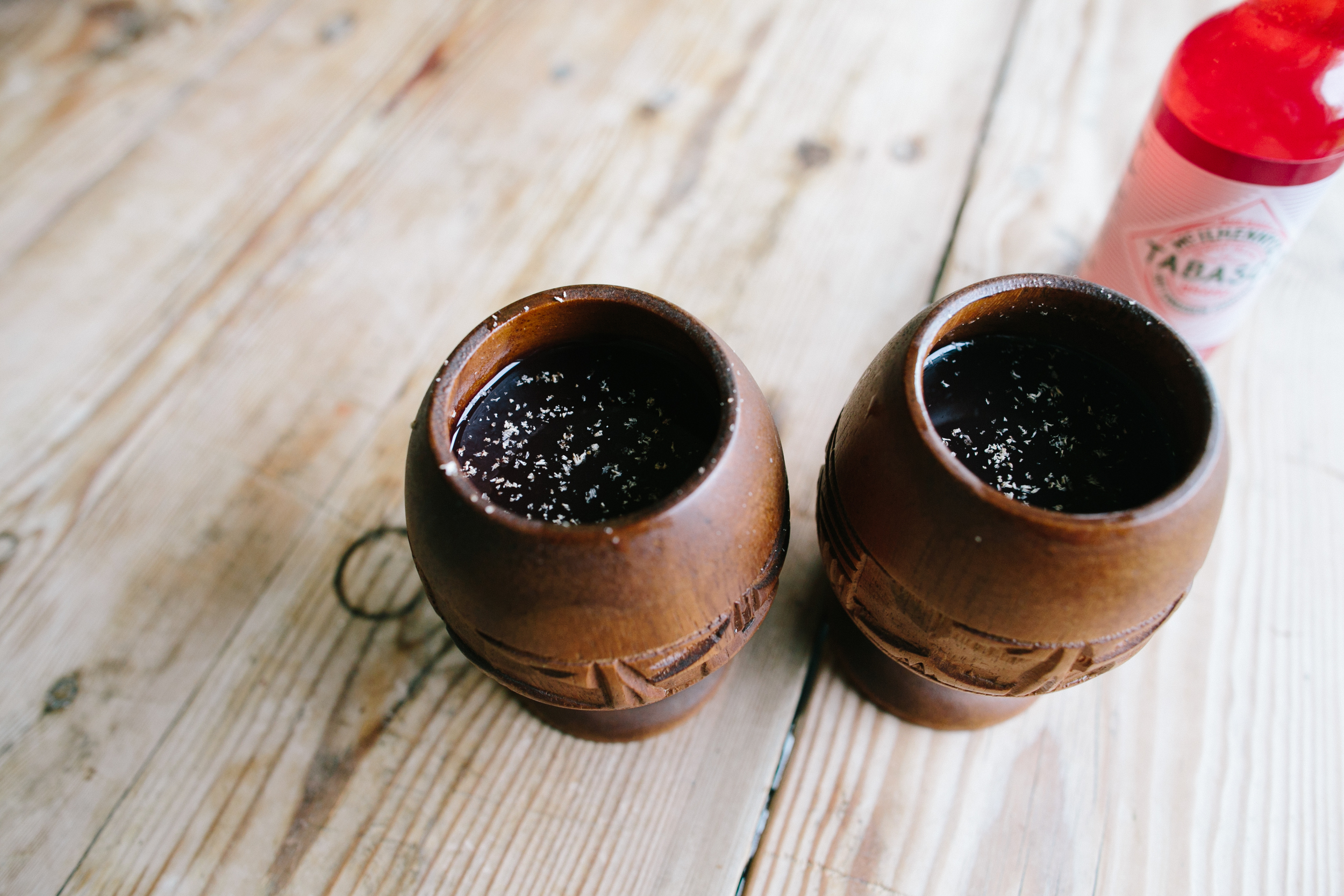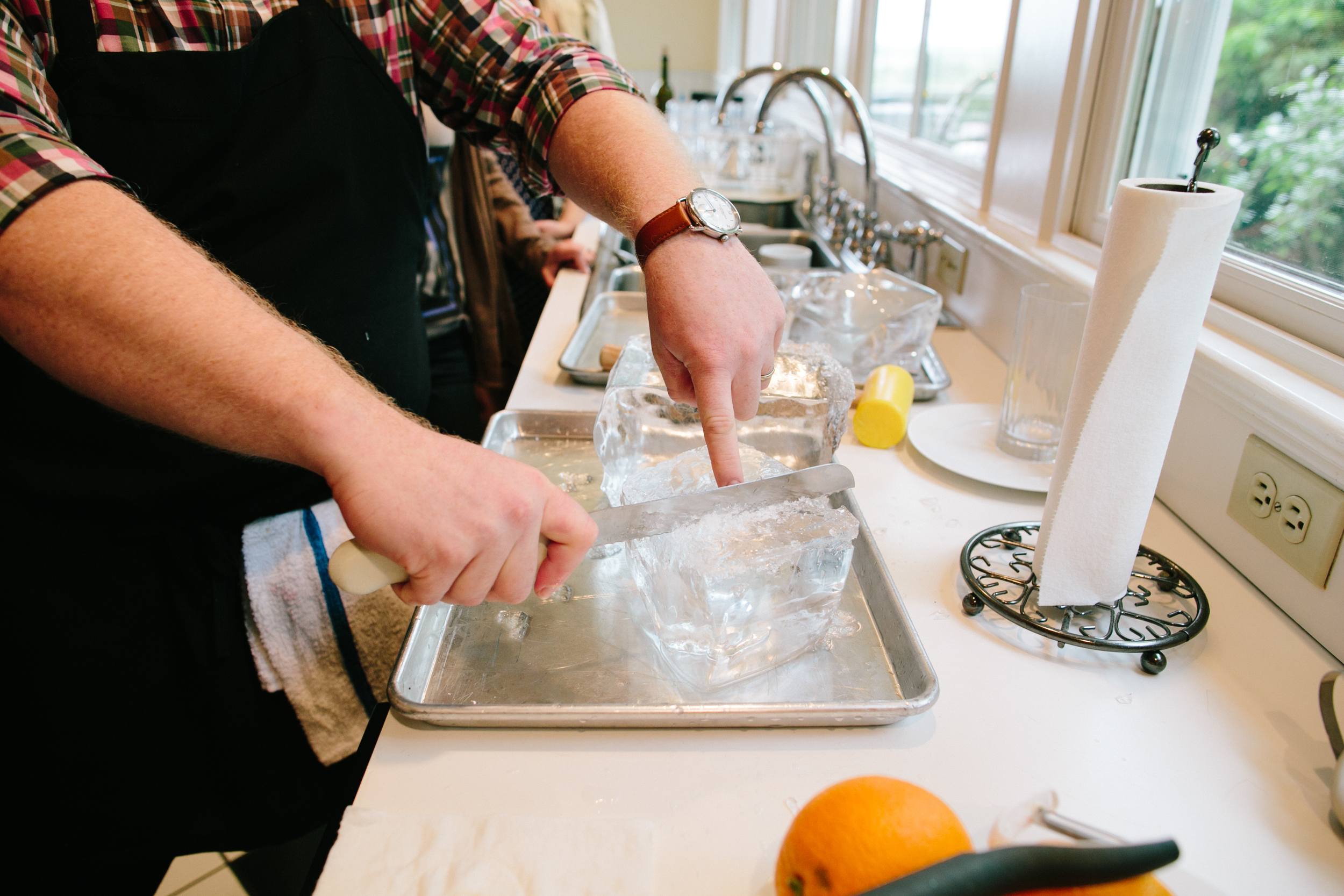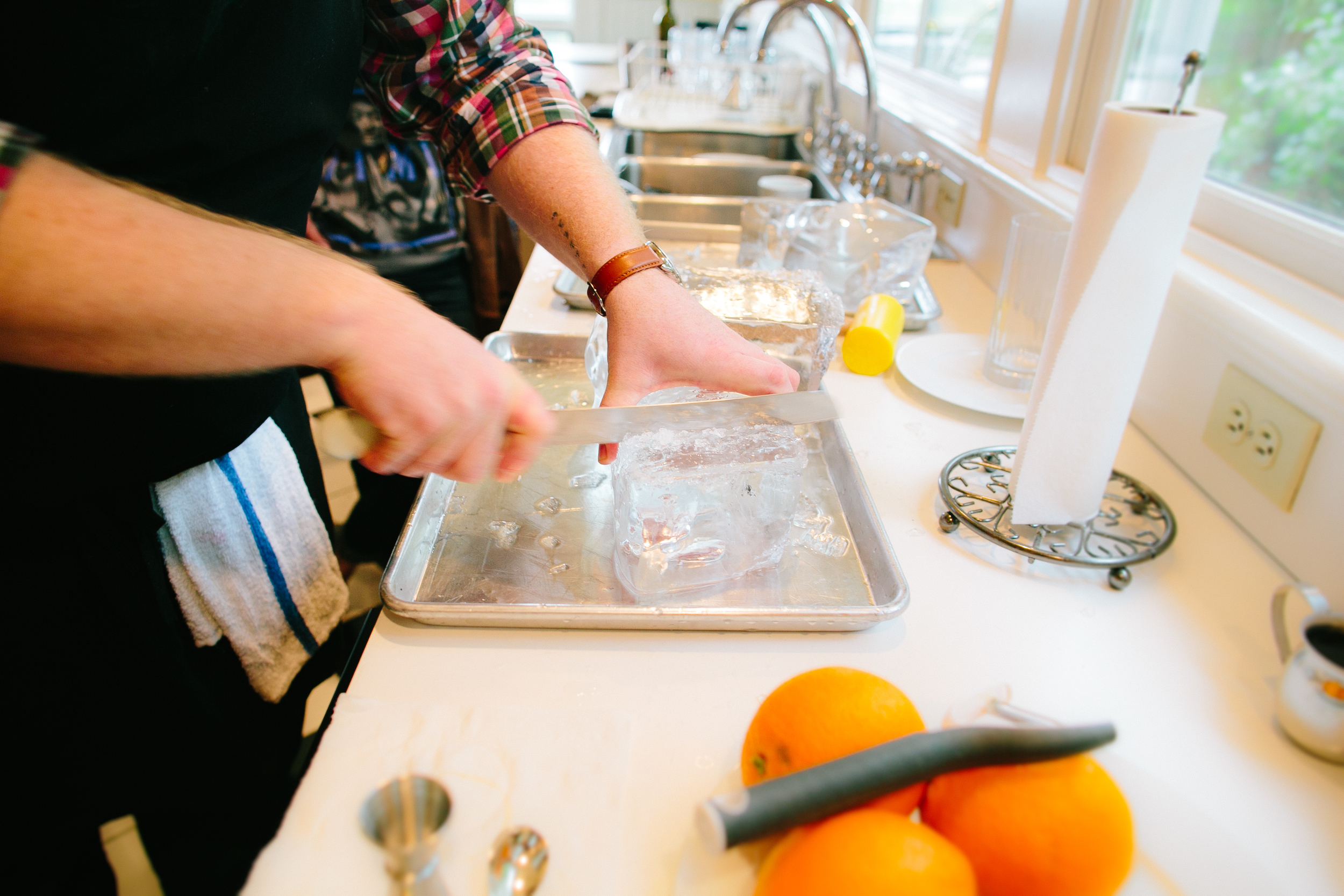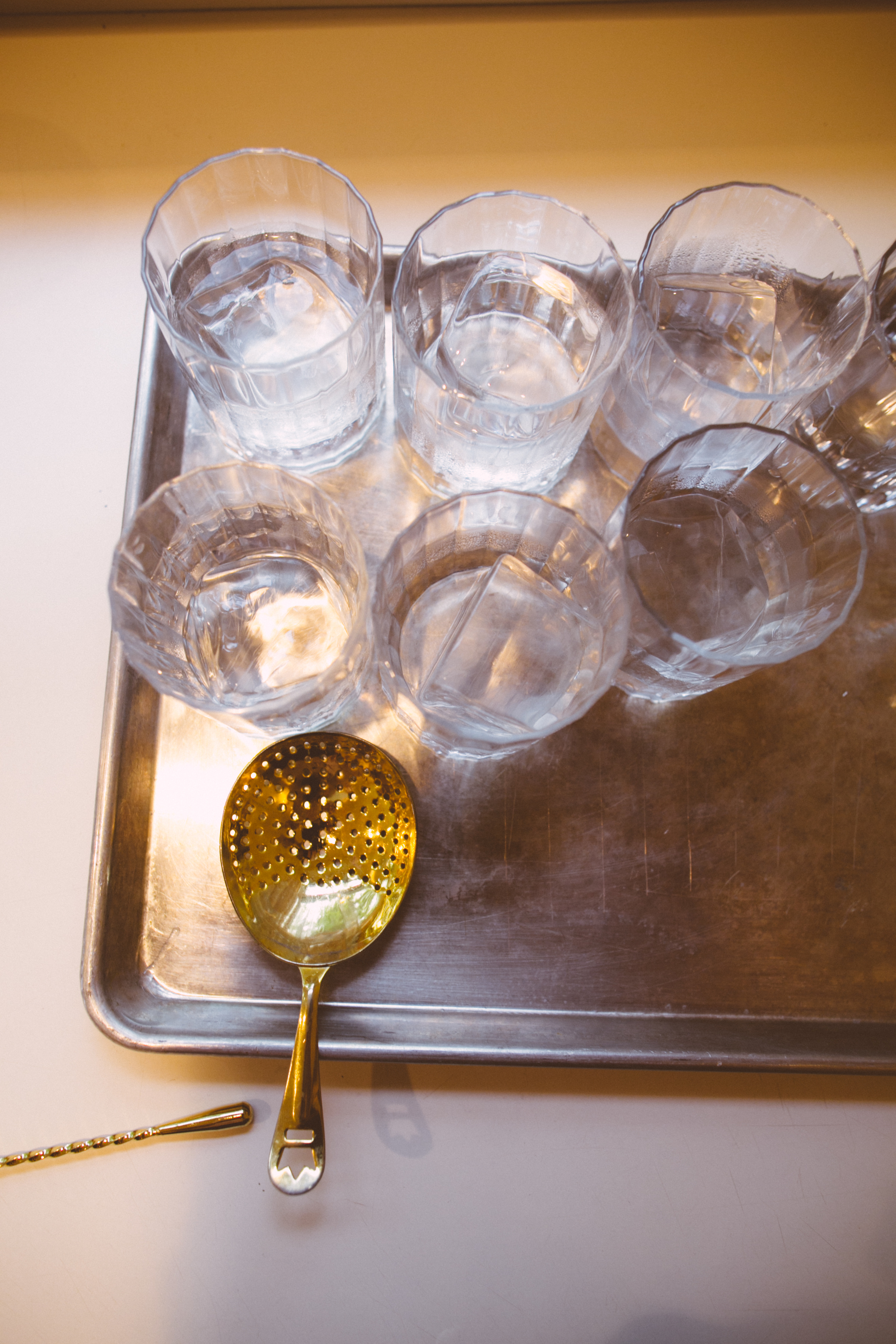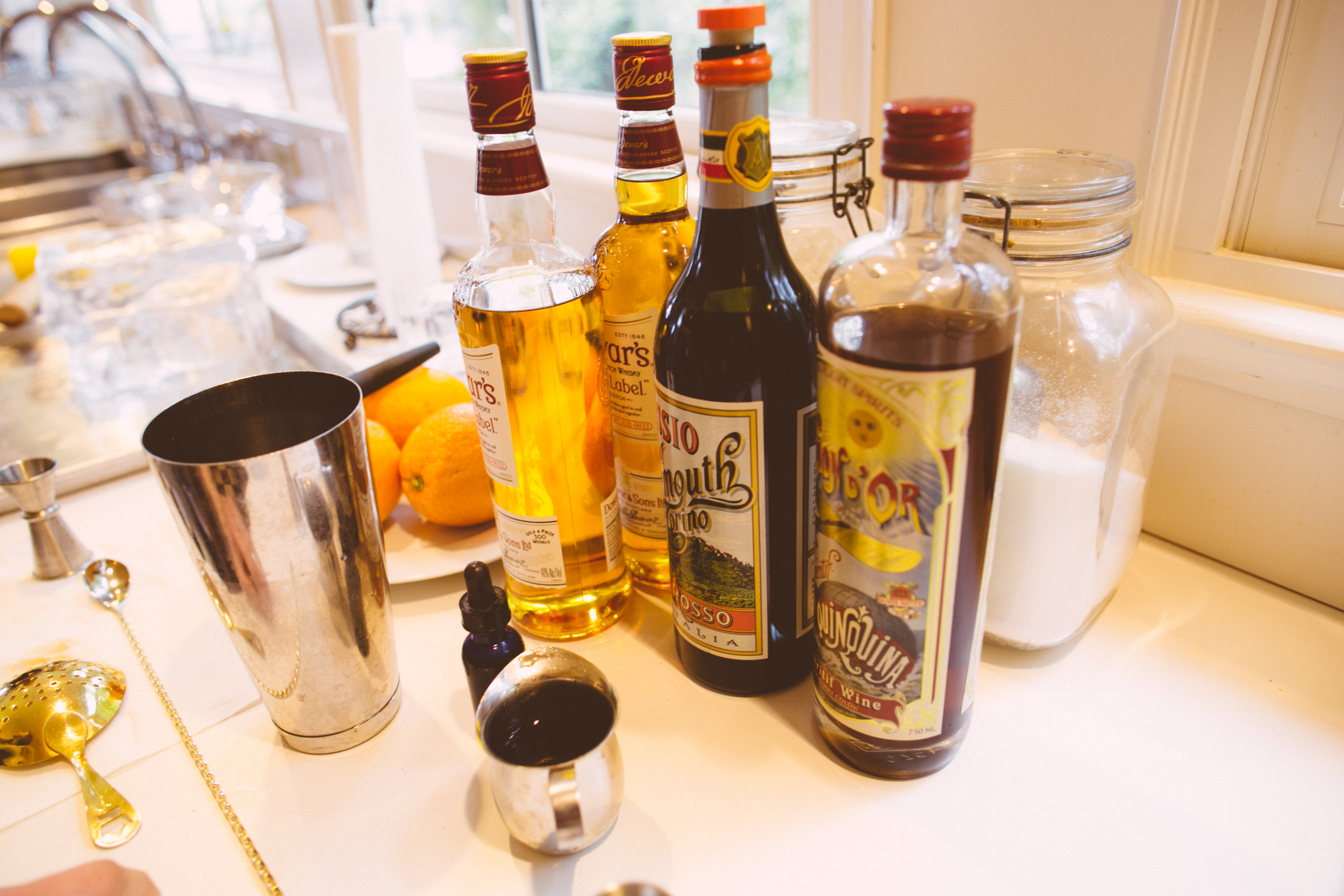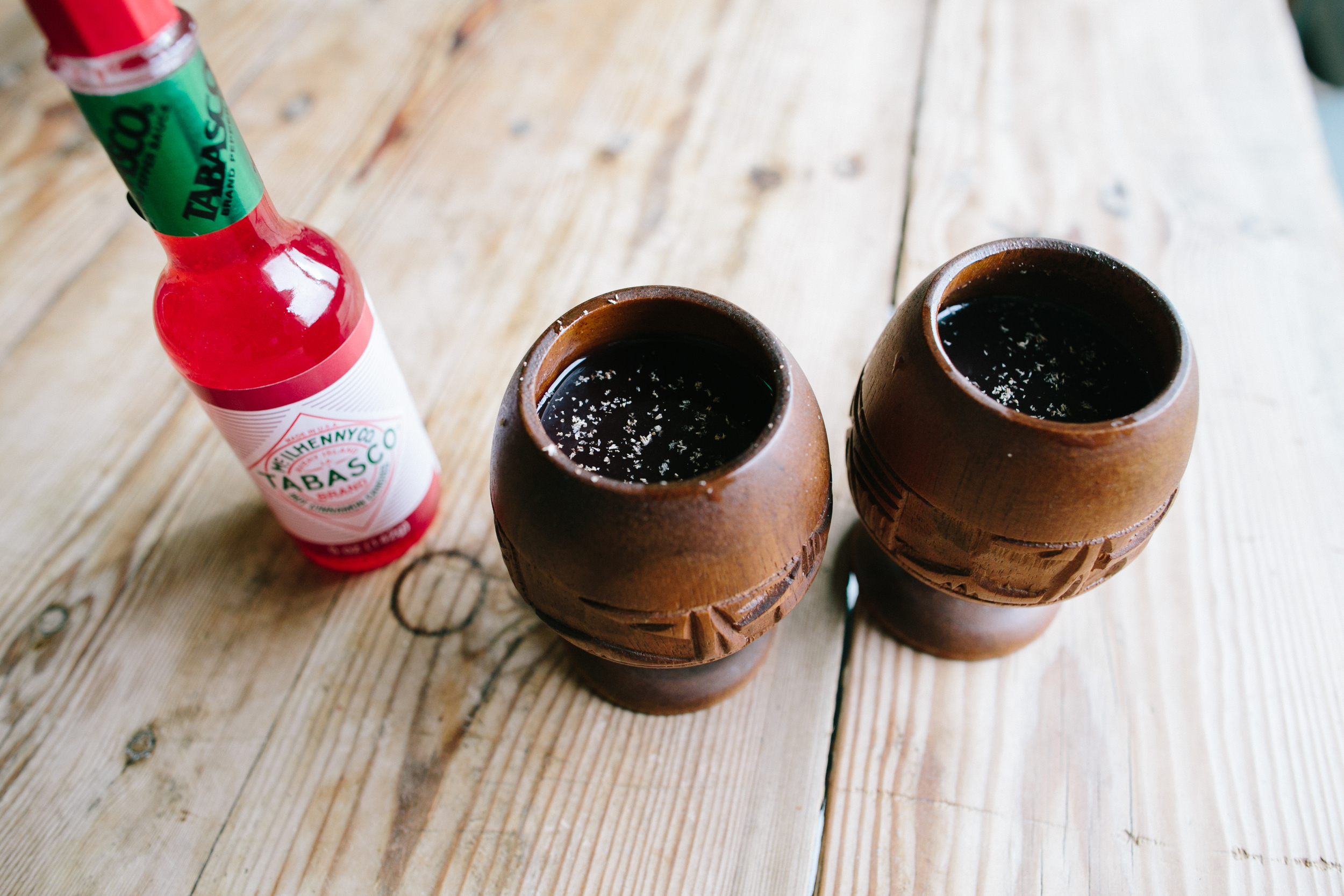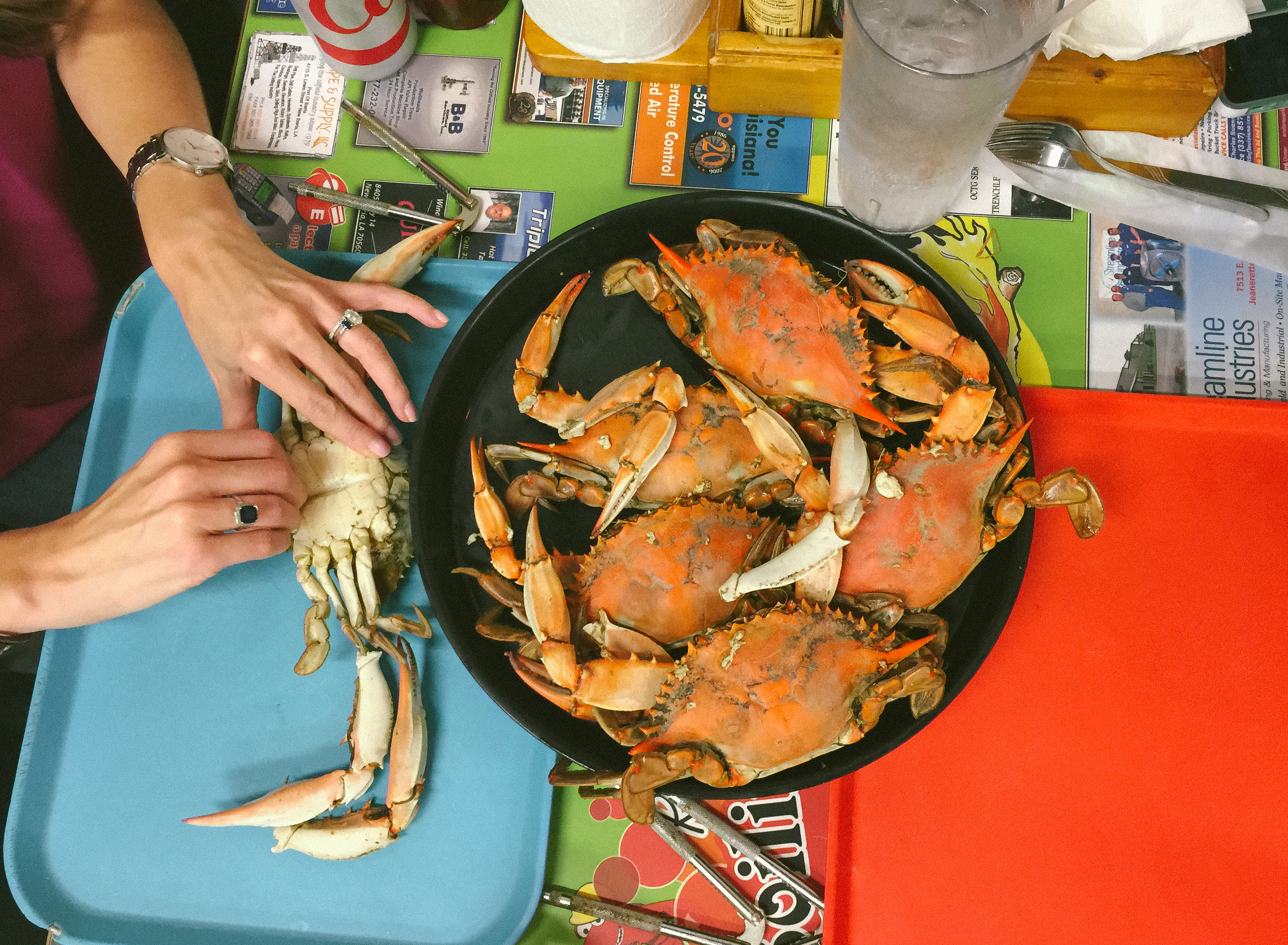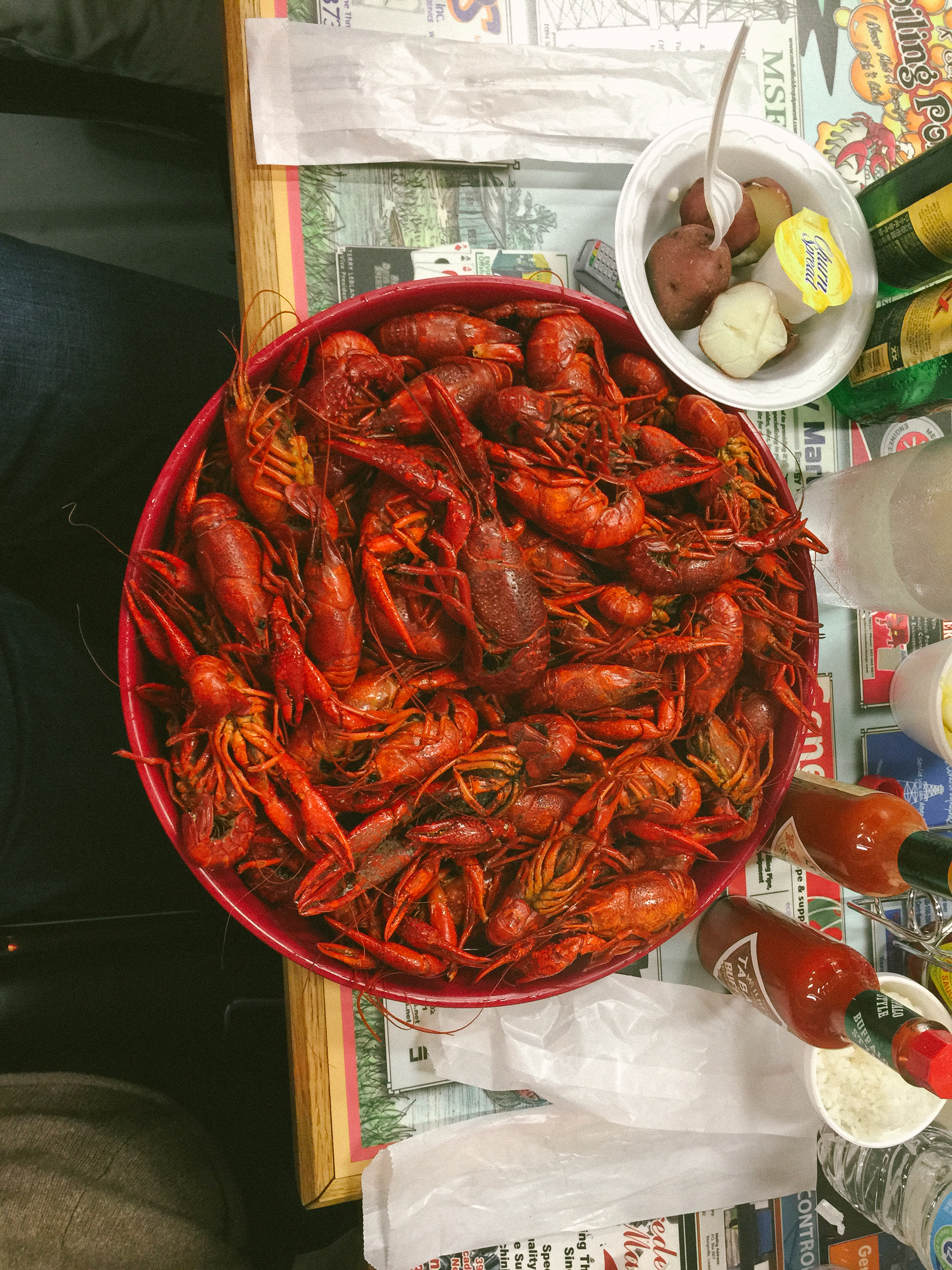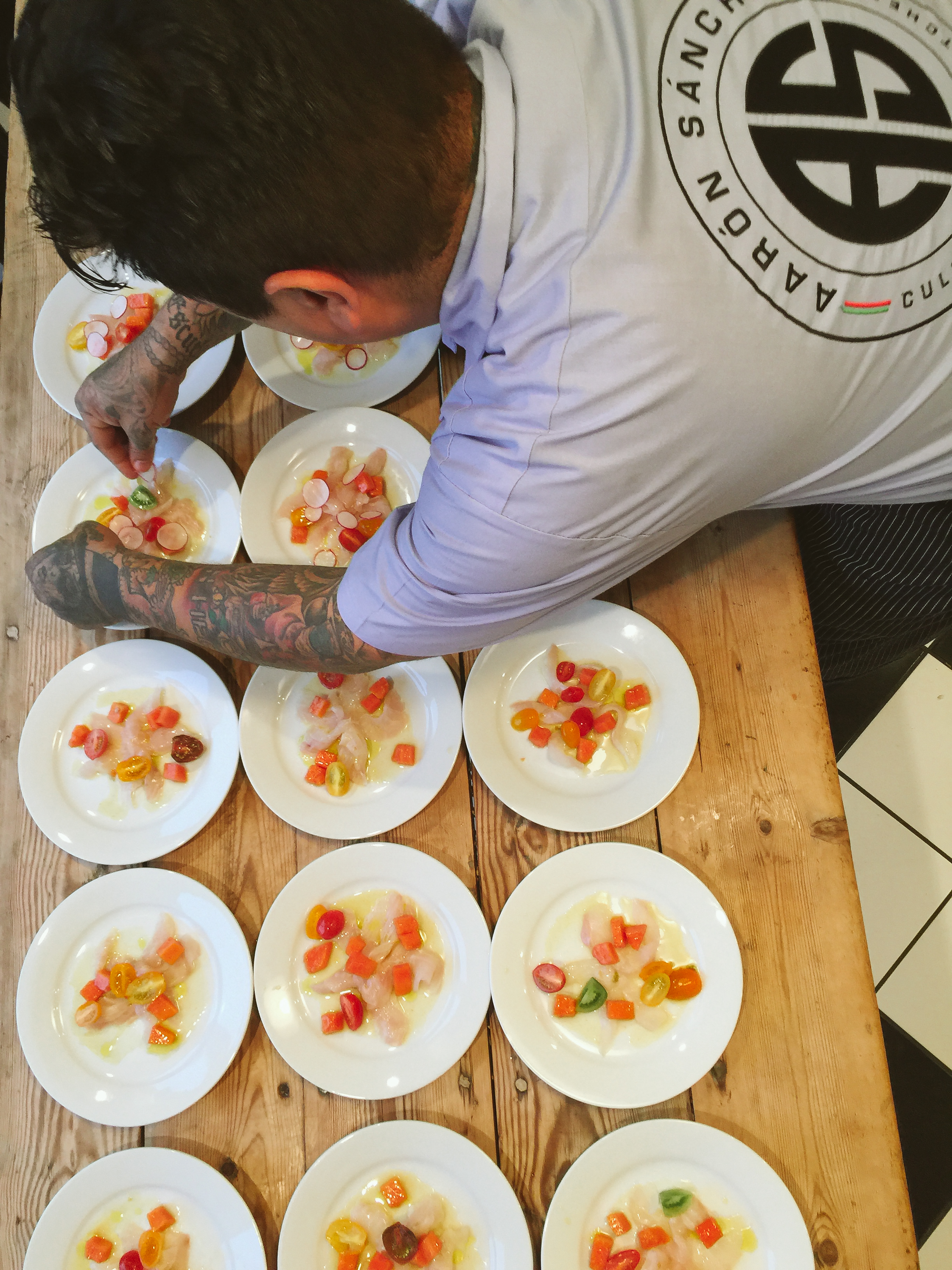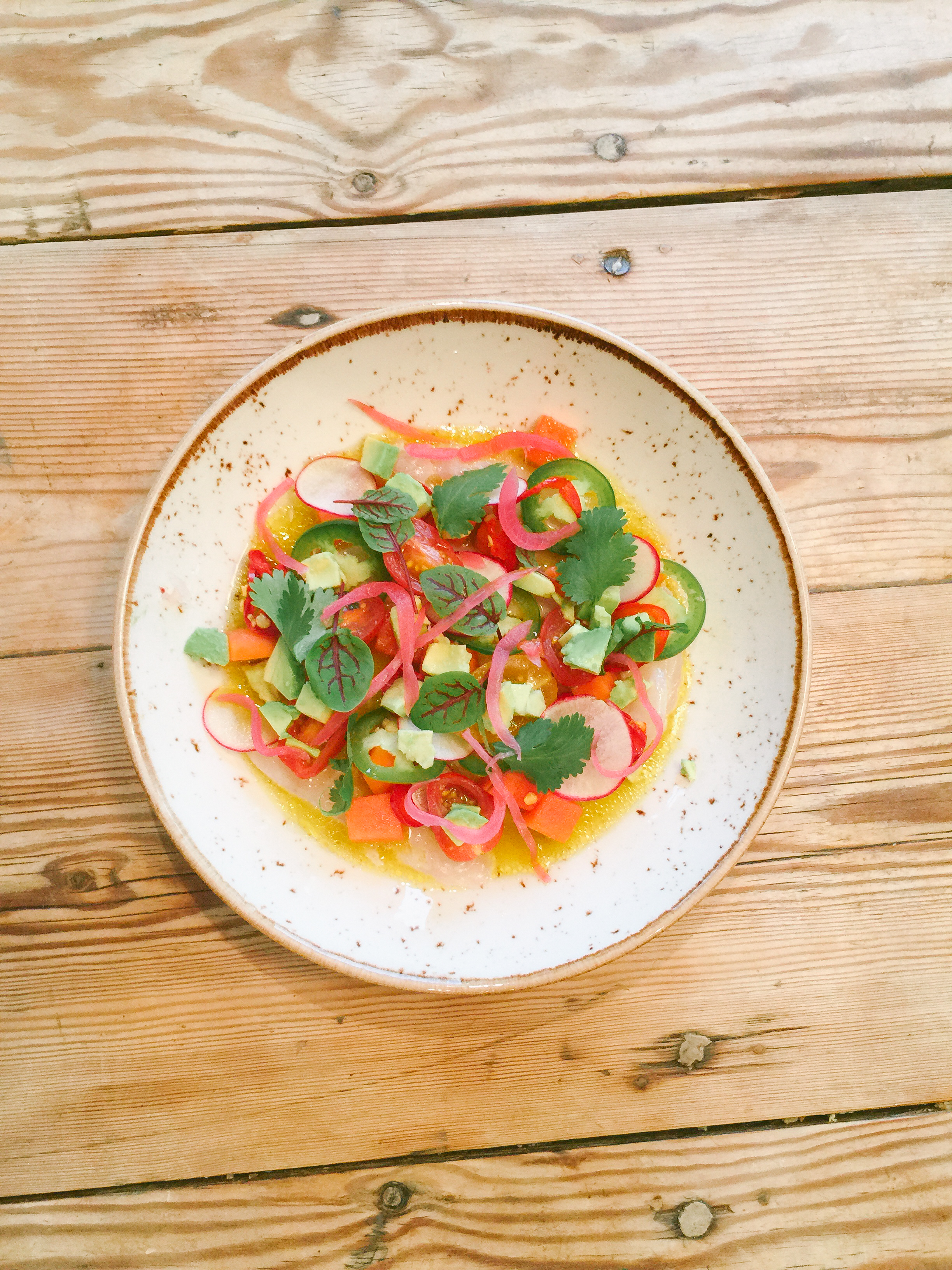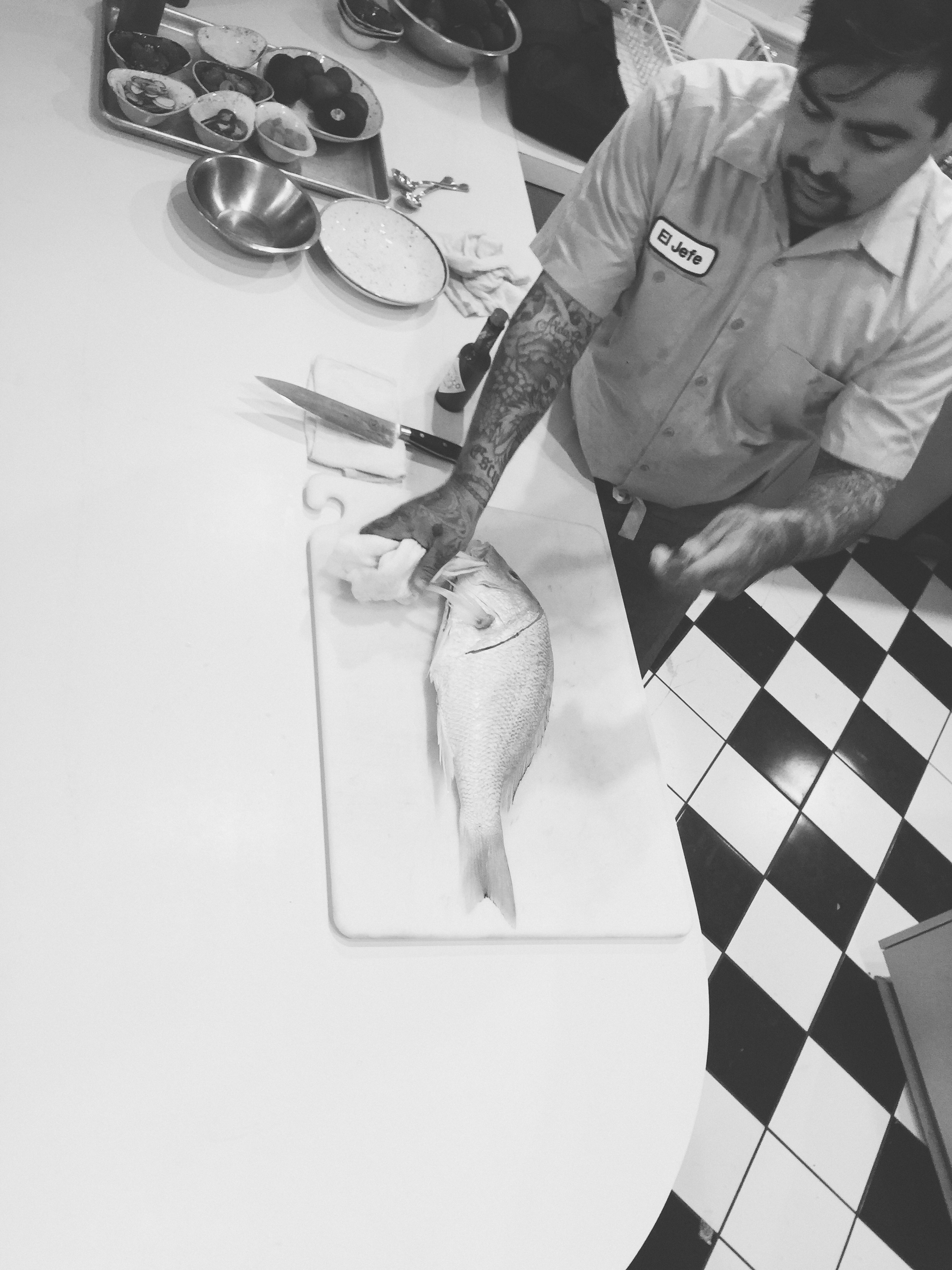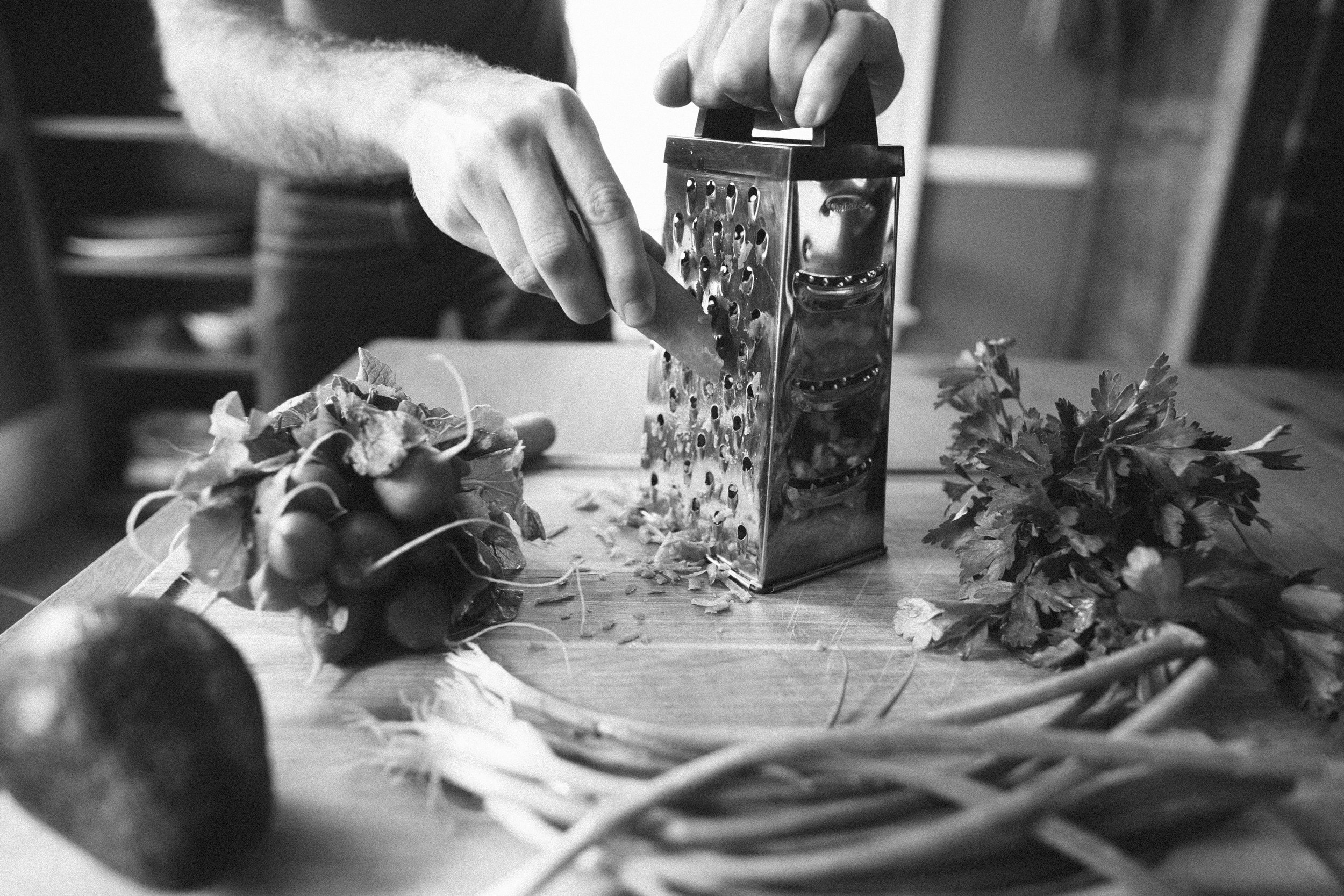Some quick thoughts and links to start the week:
1. Two beautifully written books are a must for fans of food memoirs. Over the weekend, I finished Three Many Cooks by my friends Pam, Maggy and Sharon. It's a gorgeous look at the role that food has played in their lives. These stories, all of them written with honesty and a generous dose of humor, have given me so much insight into their backgrounds. Similarly, Ashley Rodriguez's book, Date Night In, shows that cooking and eating (and drinking) can strengthen one's relationship with their partner. Each contain wonderful recipes that reflect their passion for cooking for the ones they love.
2. For some non-food related reading, I highly recommend last year's The Short and Tragic Life of Robert Peace. Growing up in a predominantly white, middle-class neighborhood, my knowledge of what it was like living in the poorer areas of New Jersey came from what I saw on the news. This book paints a very detailed portrait of a young man from Orange, NJ, who would ultimately attended Yale, though it's about so much more than that. In addition, there's an episode of This American Life and a New York Times article that cover similar topics. Both are worth checking out.
3. This article about people allowing dogs to sleep in bed with them made me chuckle. This our life.
4. Can't stop listening to this song. And this song.
5. We're hooked on the new Netflix program, Chef's Table. I'm ready to make reservations at all of these.
Herb and Za'atar Falafel
Yield 12 falafel
Ingredients
For the falafel 2-15 oz. cans chickpeas, rinsed and drained 1/4 cup fresh mint leaves 1/4 cup fresh parsley leaves 2 tablespoons za'atar 2 teaspoons cayenne pepper 2 tablespoons chickpea flour (or all-purpose flour) 2 tablespoons olive oil 2 teaspoons kosher salt 1/4 cup grated carrot
For the tahini dressing 1 cup tahini2 tablespoons lemon juice 1 clove garlic, minced 1/2 teaspoon Kosher salt 1/4 cup lukewarm water
Directions
1. Preheat oven to 375 degrees. Line a large baking sheet with aluminum foil. Using a tablespoon of oil or cooking spray, grease the aluminum foil.
2. In the bowl of a food processor, add the mint and parsley and pulse until finely chopped. Add the chickpeas, za'atar, cayenne pepper, chickpea flour, salt and olive oil to the bowl and blend for 20 seconds. Transfer to a separate mixing bowl and fold in the grated carrot.
3. Roll the mixture into falafel balls and place on the prepared baking sheet.
4. Bake in the oven for 12-15 minutes, making sure to rotate every 3 minutes to ensure the falafel browns evenly.
5. While they're baking, make the tahini dressing by whisking together the tahini, lemon juice, garlic, and salt. Whisk in the water. Serve falafel with tahini dipping sauce.


